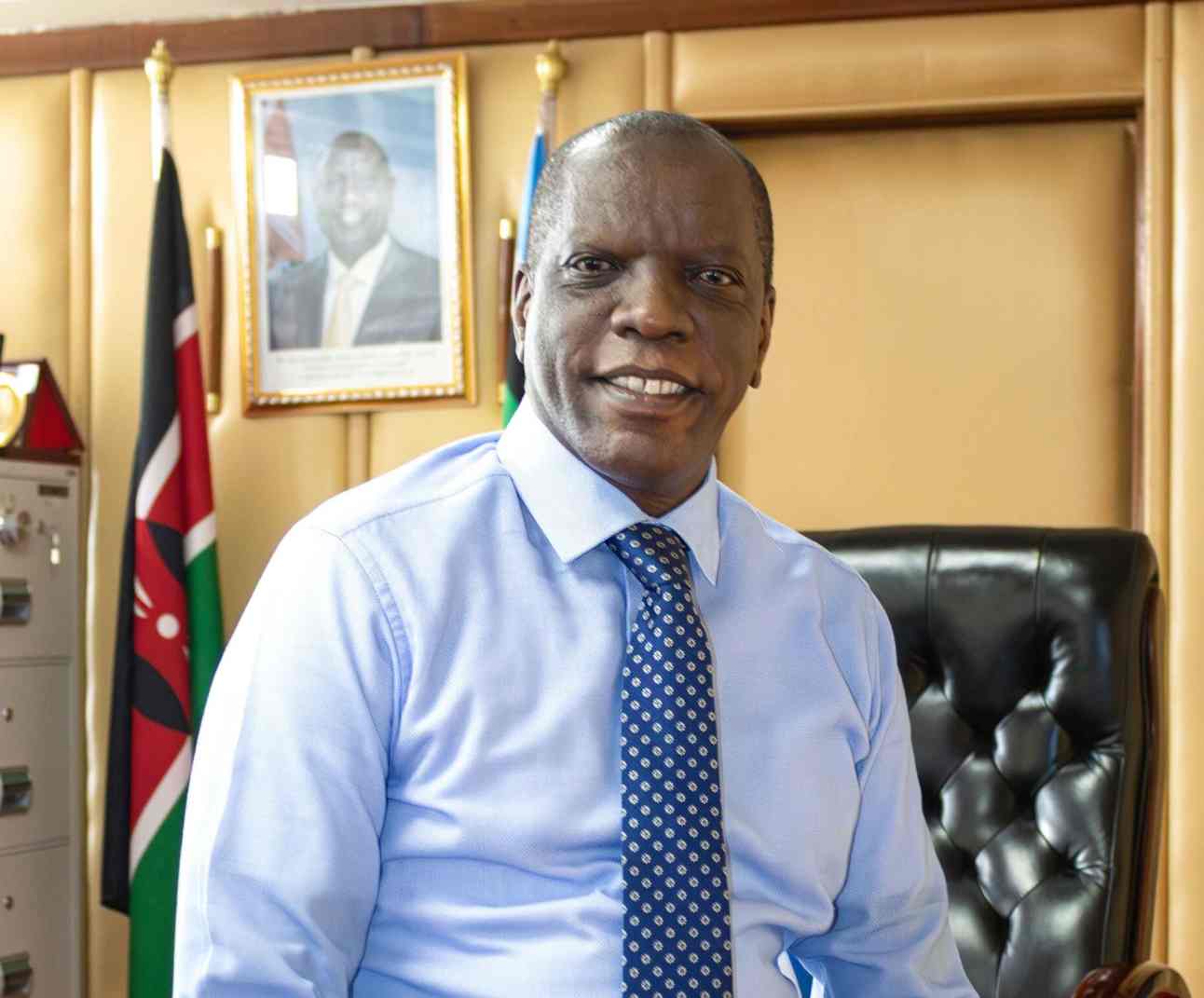eCitizen platform collects Sh1 billion daily, says Director General

Launched in 2013 as a pilot project between the National Treasury and the World Bank, eCitizen initially provided only 10 services.
The government says the eCitizen digital platform is now handling up to Sh1 billion in collections daily, a leap from Sh60 million when it was first introduced, making it one of the most effective revenue collection systems in the country’s history.
eCitizen Director General Isaac Ochieng said the platform has reshaped how Kenyans access public services and how the state mobilises funds.
“What we want on eCitizen is for Kenyans to obtain services at their convenience, something that never used to happen before,” Ochieng said in an interview with Radio Generation.
Launched in 2013 as a pilot project between the National Treasury and the World Bank, eCitizen initially provided only 10 services.
However, in 2022, President William Ruto directed that more services be rapidly integrated into the system, a move that accelerated growth.
“After I was appointed Director General, we managed to onboard over 5,040 services within six months. During that time, revenue collection jumped from Sh60 million to between Sh400 million and Sh600 million per day,” Ochieng revealed.
The platform currently offers over 22,000 services, ranging from business registration and passport applications to utilities and licensing. Its usage has translated into unprecedented growth in revenue inflows.
“It is shocking. We are now collecting between Sh700 million and Sh1 billion daily. Over the last three years, the platform has collected more than Sh550 billion, that’s over half a trillion shillings in just 36 months,” he said.
Ochieng noted that the system has improved efficiency, inclusivity and transparency in public service delivery.
“Kenyans can now access government services 24/7, from anywhere, and even persons with disabilities can easily navigate the system. The user experience is smooth, inclusive, and efficient,” he said.
The platform, initially introduced to simplify service delivery and promote accountability, has become a central tool for both governance and revenue collection.
